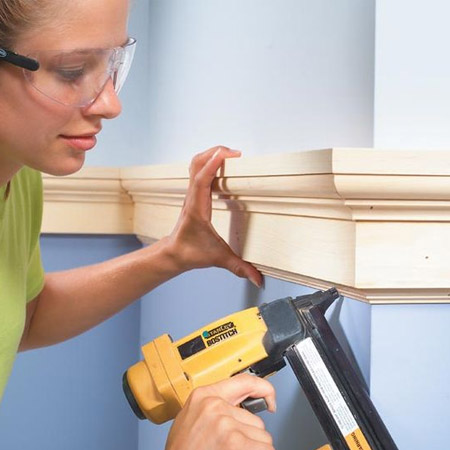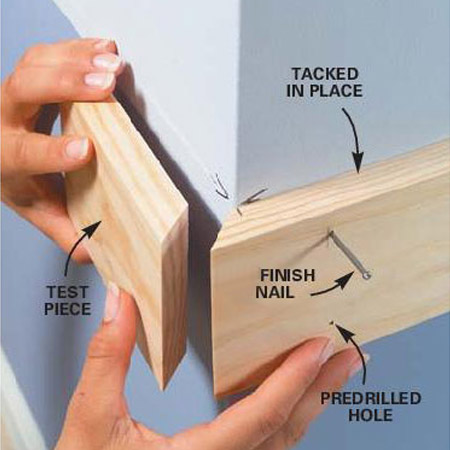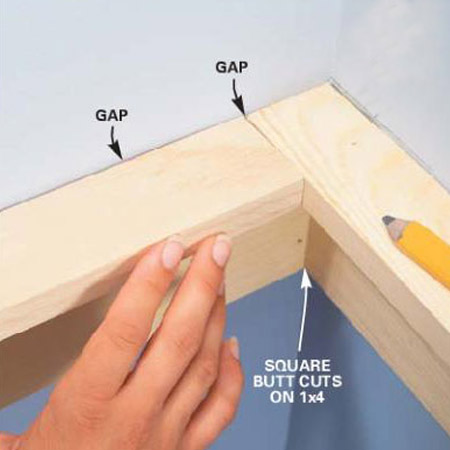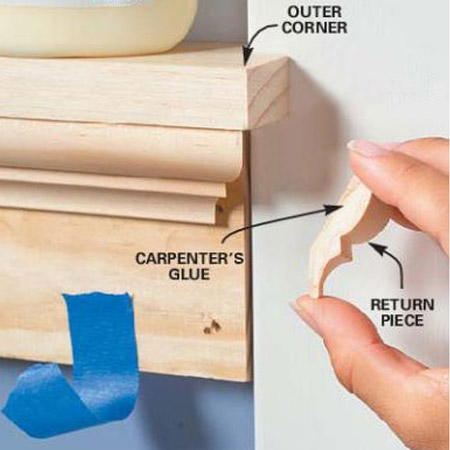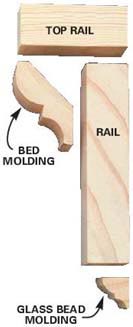DIY chair rail
Make this elegant chair rail from two mouldings and two simple boards.
A chair rail can do a lot more than protect your walls from jostled chairs. A well-designed chair rail is an attractive accent and provides a clean dividing line so you can paint the upper part of a wall and wallpaper the lower. But the most attractive feature of this project may be its simplicity.
HERE'S HOW:
1. Make marks and snap chalk lines 80 to 90cm off the floor.
2. Cut the horizontal rails to length. Make square cuts where the rail butts a wall or window or door casing. Make 45-degree mitres at outside corners.
3. Test-fit corner pieces to ensure a tight fit. Cut one piece about 5mm too long, then tack it in place. Use a mitred 'test piece' to see how the corners will fit, then use a belt sander, mitre saw or sanding block to fine-tune the angles.
4. Install the top rails. Test-fit pieces and cut ends so they fit tightly against walls and one another. Scribe and sand edges so top rails fit snugly against walls.
5. Notch the ends of the top rails so they extend just over door and window casings. Use nails or brads to secure the top rail to the rail below.
6. Cut and install the bed moulding. Place the moulding upside down and hold it tightly against the fence of the mitre box with clamps. Secure the mouldings in place with nails or brads.
7. Cope one of the pieces where mouldings meet at inside corners. Cut a 45-degree angle, then use that profile as a guide for cutting the end. Angle your saw to remove more wood from the back of the moulding than from the front; then fine-tune the cut with a file or sandpaper.
8. Glue returns in place where the bed moulding overlaps window or door casings. Tape them in place. Don t nail them; they'll break.
9. Secure the glass bead moulding in place with 2 cm. brads. Press this flexible molding tightly against the wall so it covers any gaps between the wall and rail.
10. Putty all nail holes and gaps, then sand the rails and mouldings smooth. Ease the exposed rail edges with sandpaper to create a more durable paint edge. Caulk any gaps between the wall and top rail. Prime and paint.

